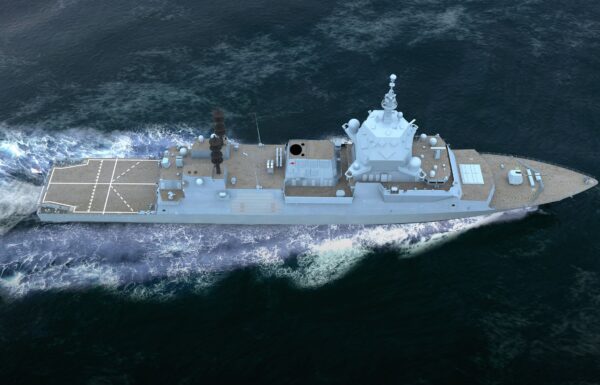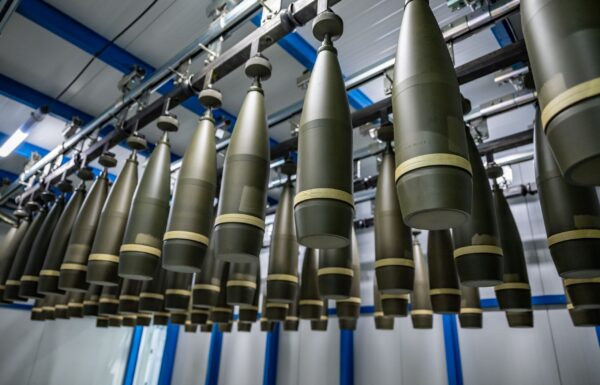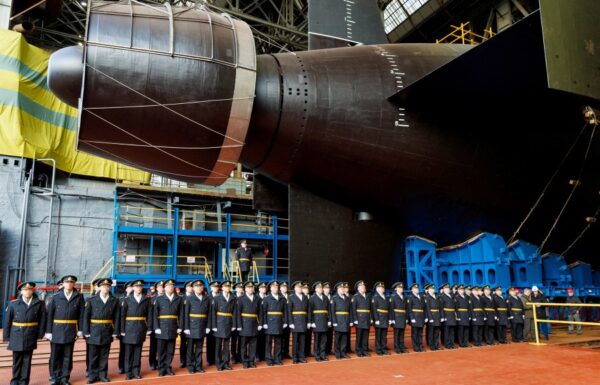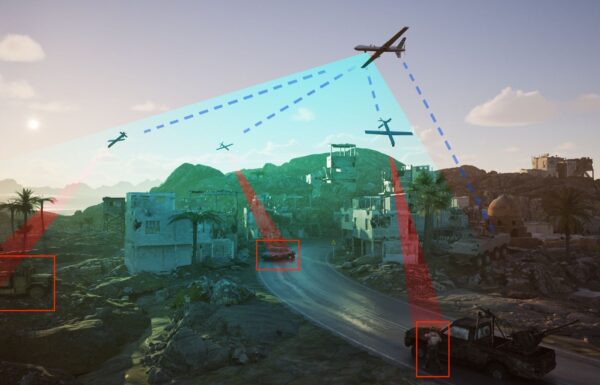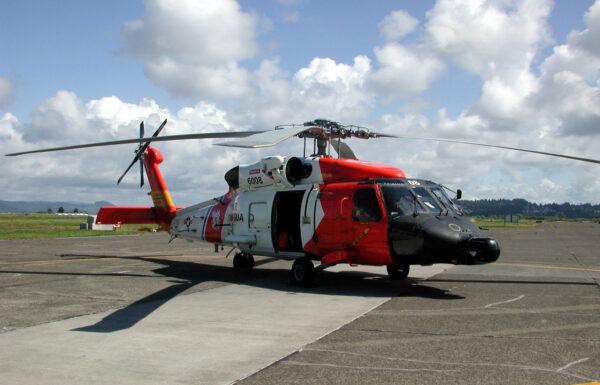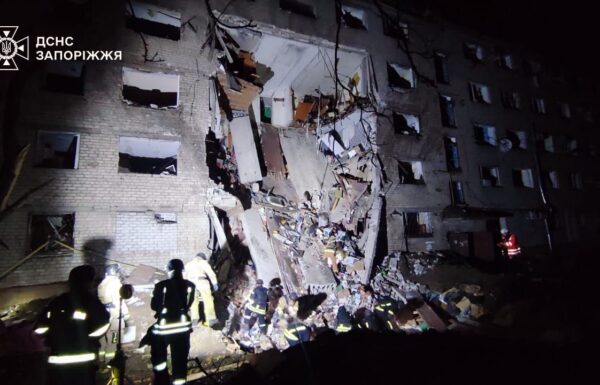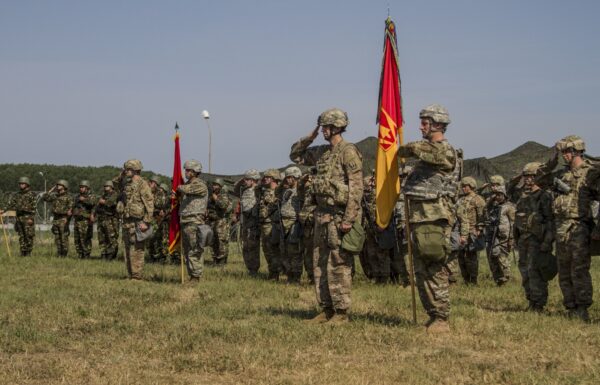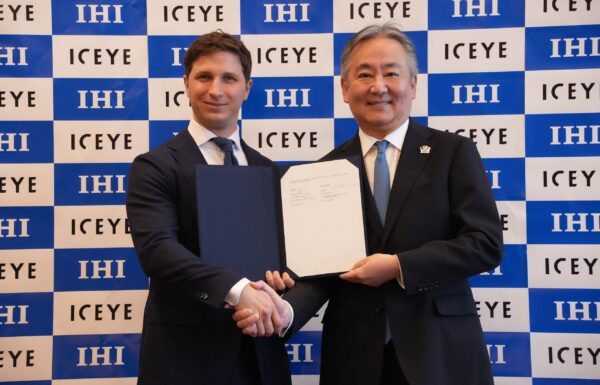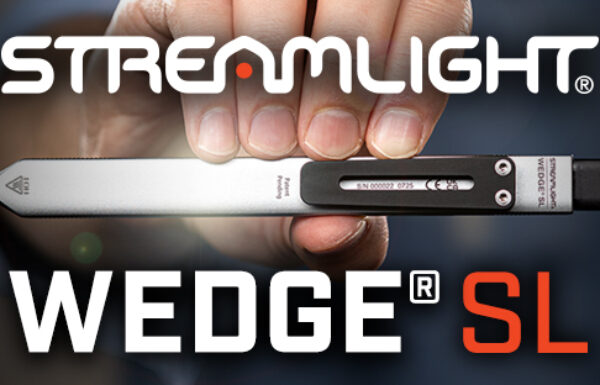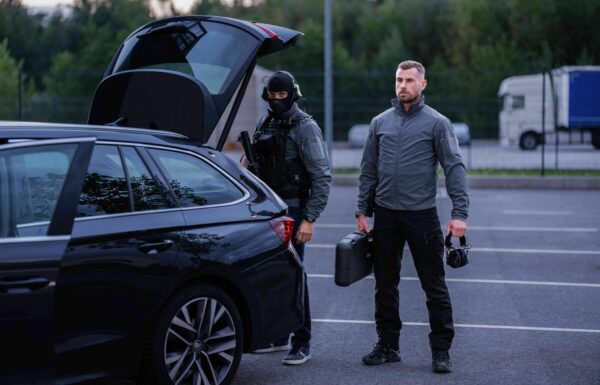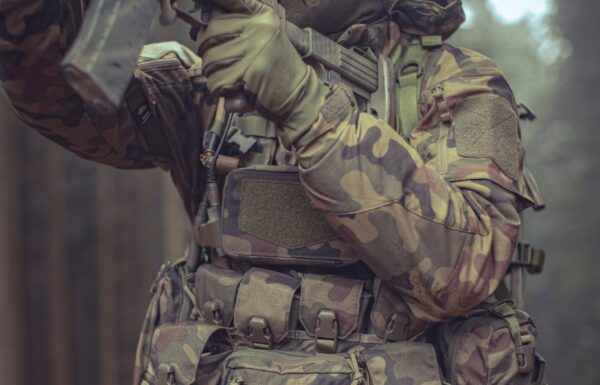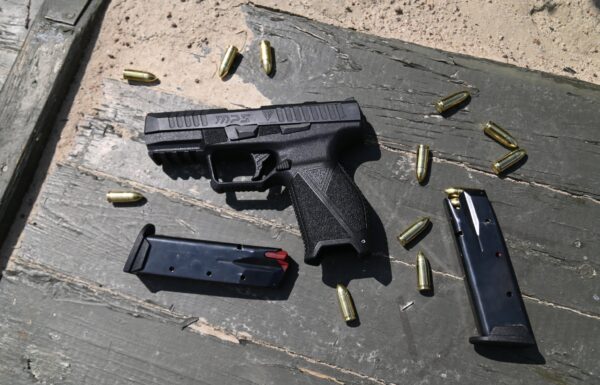MSFV
On Thursday, September 25, 2025, the U.S. Army Contracting Command (ACC) at Detroit Arsenal, Michigan, on behalf of the U.S. Department of Defense, signed a contract worth 163,378,441 USD with Textron Systems Corp. for the production of Mobile Strike Force Vehicles (MSFV), along with spare parts, special tools, and testing equipment.
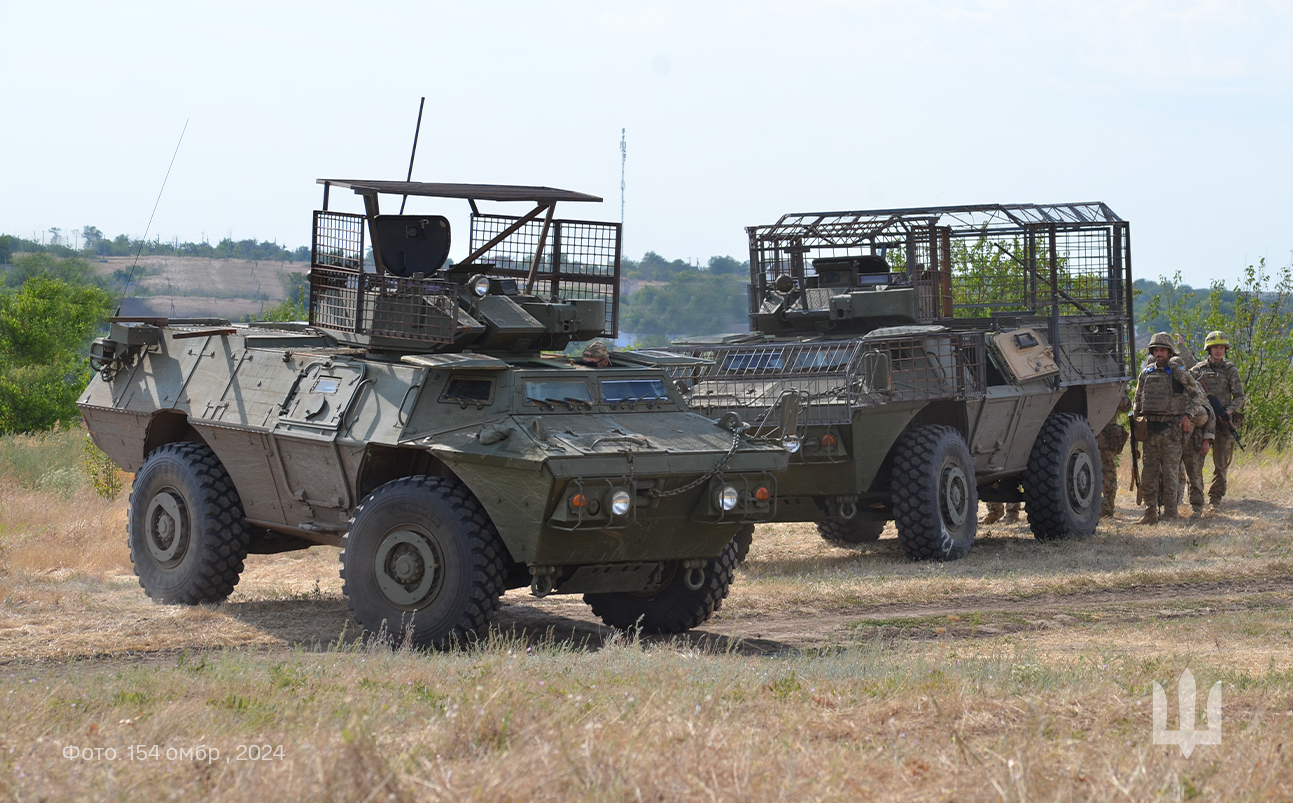 Photo: 154th Independent Mechanized Brigade of the Armed Forces of Ukraine
Photo: 154th Independent Mechanized Brigade of the Armed Forces of Ukraine
As part of the tender procedure launched on August 20, one bid was submitted for the delivery of 65 vehicles. The work will be carried out at Textron Systems Corp.’s facilities in Slidell, Louisiana, with completion expected by November 30, 2028. At the time the contract was awarded, funds from the Ukraine Security Assistance Initiative for fiscal year 2024, totaling 163,378,441 USD, were obligated.
The funds come from the Ukraine Security Assistance Initiative (USAI) mechanism, saved from fiscal year 2024 in their full amount.
The MSFV was developed by Textron Marine & Land Systems at the request of the U.S. Army, originally for the Afghan National Army (ANA), with 634 units produced, based on the M1117 Guardian 4×4 armored personnel carrier. The M1117 in its infantry carrier variant had already been supplied to Ukraine, for example as part of the 71st military aid package on September 25, 2024. That package included 150 additional vehicles, which entered service with the Armed Forces of Ukraine in March last year (after an earlier pledge of 250 units).
The MSFV serves as a combat support vehicle for troop transport, reconnaissance, and fire support. It provides mobility in difficult terrain and protection against shrapnel, small arms fire, and mines thanks to its V-shaped hull design. Variants include those equipped with a turret armed with a 12.7 mm M2 Browning machine gun or a 40 mm Mk 19 automatic grenade launcher, or a 7.62 mm M240 or 5.56 mm M249 machine gun, as well as an armored ambulance and armored personnel carrier.
M110 SASS
Meanwhile, the ACC at Newark, New Jersey, signed a contract worth 21,252,597 USD with Knight’s Armament Co. for the delivery of additional M110 SASS (Semi-Automatic Sniper System) rifles, chambered for 7.62×51 mm NATO.
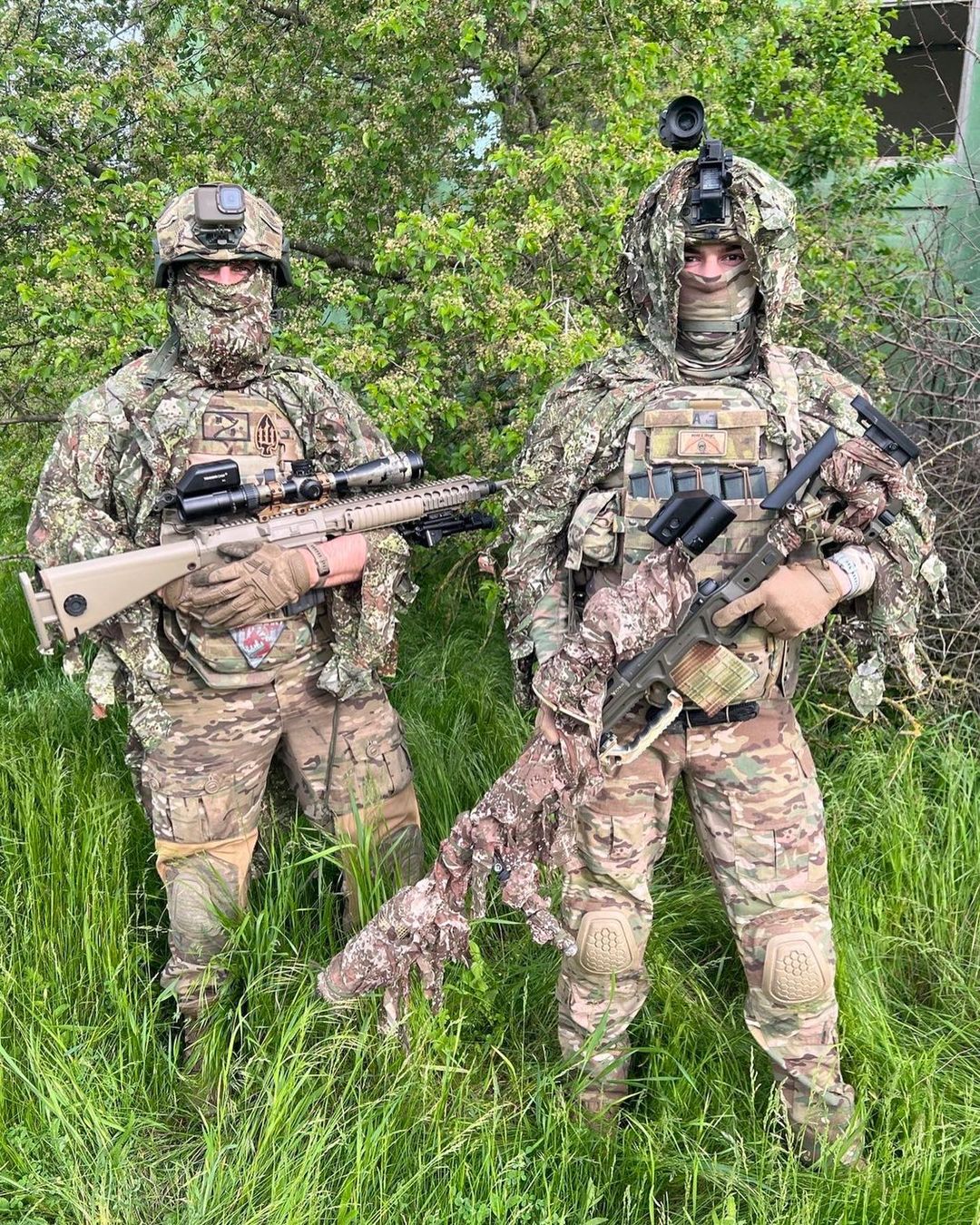 Ukrainian soldiers with M110 SASS semi-automatic sniper rifles in May 2023 / Photo: Internet
Ukrainian soldiers with M110 SASS semi-automatic sniper rifles in May 2023 / Photo: Internet
One offer was received under the tender. Work will be carried out at Knight’s Armament Co. facilities in Titusville, Florida, with an estimated completion date of January 30, 2027. Funds are provided in full from the Building Partner Capacity mechanism of the USAI.
According to reports, the rifles are in use with special operations units under the control of the Main Directorate of Intelligence of the Ministry of Defence of Ukraine (HUR MO), the Security Service of Ukraine (SBU), the Special Operations Forces Command of the Armed Forces of Ukraine (SSO), and the National Guard of Ukraine. In addition, foreign volunteers from the International Legion for the Defense of Ukraine have used them during combat missions.
The M110 sniper rifle, chambered for the 7.62×51 mm NATO cartridge, was adopted by the U.S. Army in September 2005. The weapon was selected under the Semi-Automatic Sniper System (SASS) program as the successor to the bolt-action M24 rifle.
The first production weapons, designated KAC SR-M110 SASS, reached the armed forces in 2008. It is a variant of the SR-25 (Stoner Rifle) semi-automatic rifle, itself a reworked AR-10 from the late 1980s. The original was designed by Eugene M. Stoner in 1955.
The M110 SASS is a semi-automatic, gas-operated weapon that uses propellant gases tapped through a side port in the barrel, routed via a long gas tube into the bolt carrier, whose rear face acts as the piston.
The rifle is fed from 10- and 20-round box magazines. The M110 SASS is fitted with a 508 mm barrel with a 279 mm rifling twist. Weight with a mounted Leupold Mk4 M2 3.5–10×40 optic and bipod is 6.23 kg; with a loaded 20-round magazine it is 6.94 kg; with an attached sound suppressor it is 7.83 kg.
Naval Counter-Drone System
Meanwhile, the U.S. Naval Air Warfare Center Aircraft Division (NAWCAD) at Patuxent River Air Station, Maryland, awarded Sierra Nevada Corp. (SNC) a contract worth USD 14,997,575 related to naval counter-unmanned aerial systems for the Ukrainian Navy.
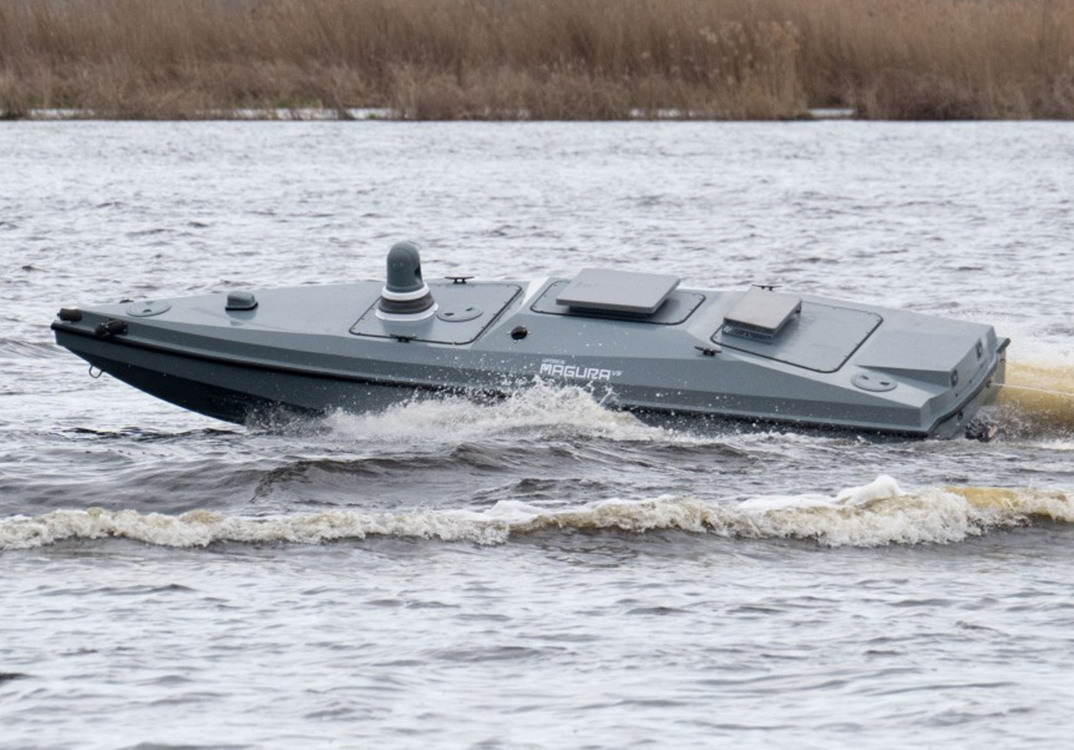 Magura V5 / Photo: HUR MO
Magura V5 / Photo: HUR MO
The contract covers provision of field services based on products, including subject-matter experts to support maintenance and sustainment of the Ukrainian counter-UAS program. In addition, the contract provides repair-and-return support for various systems deployed in Eastern Europe under NATO. Work will be performed in Rzeszów (52%), Englewood, Colorado (44%), and Fort Walton Beach, Florida (4%), with completion planned for September 2027.
As with prior contracts, funds are provided in full by the USAI mechanism and were obligated at the time the contract was signed, but all will expire at the end of the current fiscal year (September 30).
Although the contract does not specify the exact system covered, the CUAS program for the Ukrainian Navy is based on SNC’s electronic-warfare systems for jamming the radio control of hostile drones. These systems are being integrated on maritime surface unmanned vehicles of the Maritime Autonomous Guard Unmanned Robotic Apparatus series, the Magura V5, 5.5 m long with a displacement of 1,000 kg, initially used as kamikaze/loitering munitions (effectively employed against Russian ships), and later adapted to carry two R-73 air-to-air missiles, as well as the multi-role V6P and anti-air V7 variants equipped with two AIM-9 Sidewinder missiles and a machine gun for self-defense, measuring 7.2 m in length with a displacement of under 1,300 kg.
See also:


